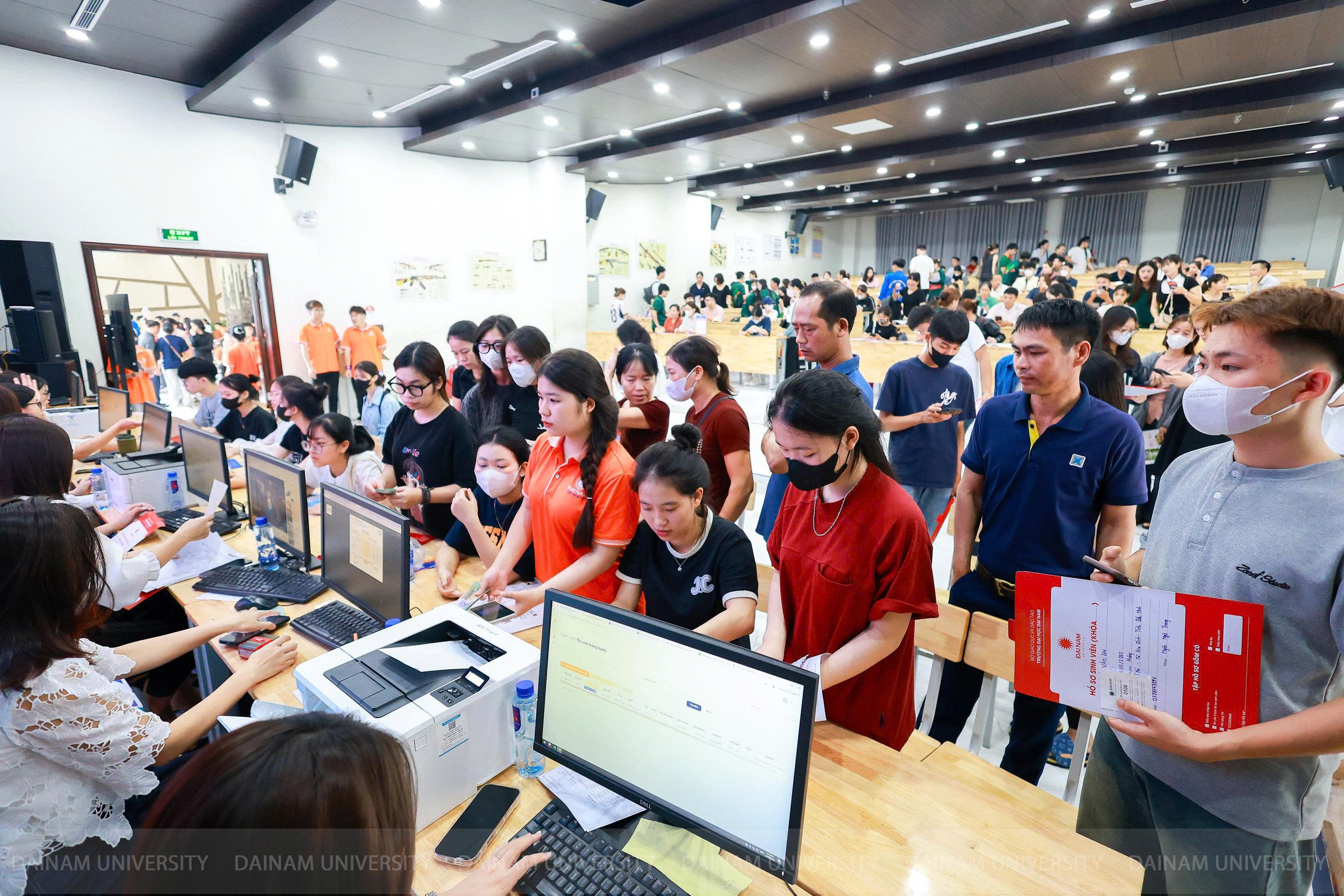
What I want to emphasize is the value of innovation associated with the process of educational development. The national high school exam will certainly contribute to reducing the pressure and burden of exams for people and society.
Bringing teaching and learning in schools to a more practical level, replacing the old teaching method of teachers reading and students copying with the direction of assessing capacity, contributing to forming the qualities of learners, in line with the spirit of Resolution 29 of the Central Committee on fundamental and comprehensive innovation of education and training.
Reasonable changes
In the Draft Regulations on Exam Organization, the Ministry of Education and Training has proposed the time to organize the National High School Exam, expected to be on July 1, 2, 3, and 4, 2015.
Based on the consensus opinions in society, perhaps the official Regulation will not change the time compared to the draft. It should be added that, initially according to Decision No. 3538/QD-BGDDT, the time to organize the National High School Exam was set on June 9, 10, 11, 12, 2015.
However, this timeline has changed according to the wishes of many students and schools requesting to organize the National High School Exam in early July.
This change, in my opinion, is completely reasonable, because not only does it give students more time to review, systematize knowledge, and best prepare for the exam, but it also helps create psychological stability for students and parents.
Furthermore, this also helps the Departments of Education and Training not to have to change the school year plan announced at the beginning of the year, including organizing the entrance exam for grade 10 high school.
Likewise, the Draft National High School Exam stipulates that the Minister of Education and Training decides on the exam clusters in a number of provinces and centrally-run cities and assigns them to universities to preside over. Participating in the exam proctoring and grading are university and college officials, lecturers and high school teachers.
If anyone has concerns about organizing exams in mountainous provinces and ethnic minority areas, which will make it difficult for students to travel, as well as ensuring the necessary factors to accurately assess candidates, please make recommendations to simplify the organization of exams in these areas.
I think that the Draft of the Ministry has taken these factors into account and the content has given a very open view that for provinces with difficulties, if the Provincial People's Committee requests, the Ministry of Education and Training will consider establishing a provincial examination cluster for candidates to take the exam only to consider recognition of high school graduation.
Of course, to ensure the organization of the exam is serious and in accordance with the regulations, the Regulations also clearly state: The organization of the exam at the inter-provincial exam cluster or the provincial exam cluster is the same, in accordance with the regulations of the exam regulations, with the same process and are all chaired by the university to ensure fairness and reliability of the exam results at all exam clusters nationwide.
Convenient for candidates, reduce burden for society
We all know that, in fact, the way of organizing exam clusters in the National High School Exam scheduled for this year is not a new thing.
Since 2003, when the university and college entrance exams were being held with the "3 common" plan, this method has been implemented. Along with many universities and colleges organizing entrance exams for their own schools, the Ministry of Education and Training has organized exams in inter-provincial exam clusters in Can Tho, Quy Nhon, Vinh, to reduce pressure on Hanoi and Ho Chi Minh City. This method has brought about great results that have been recognized and highly appreciated by society.
Thus, it can be seen that if the inter-provincial exam cluster of the National High School Exam is organized in 2015, it will only change the name but the experience is already available and all the advantages of the exam cluster organization model in the previous university and college entrance exams are inherited, which are good successes that have been trusted by universities and colleges nationwide and recognized and highly appreciated by public opinion.
For many years now, when organizing university and college entrance exams according to the "3 common" plan, the Ministry of Education and Training has always been concerned about how to minimize costs for society and exam takers.
Organizing local exam clusters, besides the purpose of reducing pressure on society, also helps parents and families reduce costs. Previously, candidates had to take the high school graduation exam in 3 days, and the university and college entrance exam in 3 days each time.
According to the Draft Regulations, candidates will take 6 days (if taking the graduation exam and 1 university entrance exam), 9 days (if taking the graduation exam and 2 university entrance exams), 12 days (if taking the graduation exam, 2 university entrance exams and 1 college entrance exam).
Now, the number of exam days for candidates has been significantly reduced, which shows that the National High School Exam with such innovative content certainly helps candidates, families and society save money for families and society.











